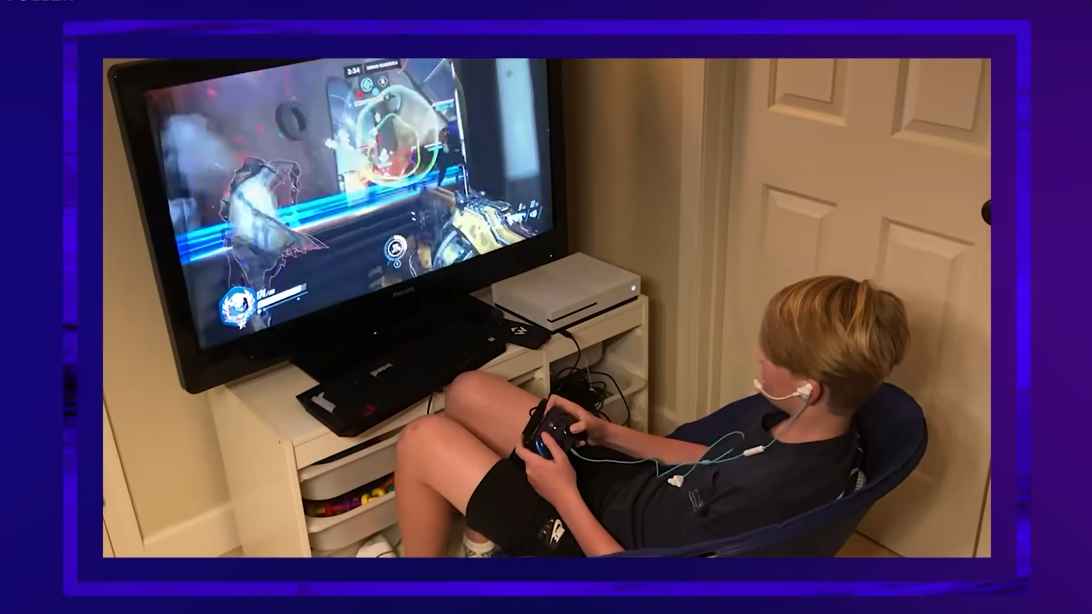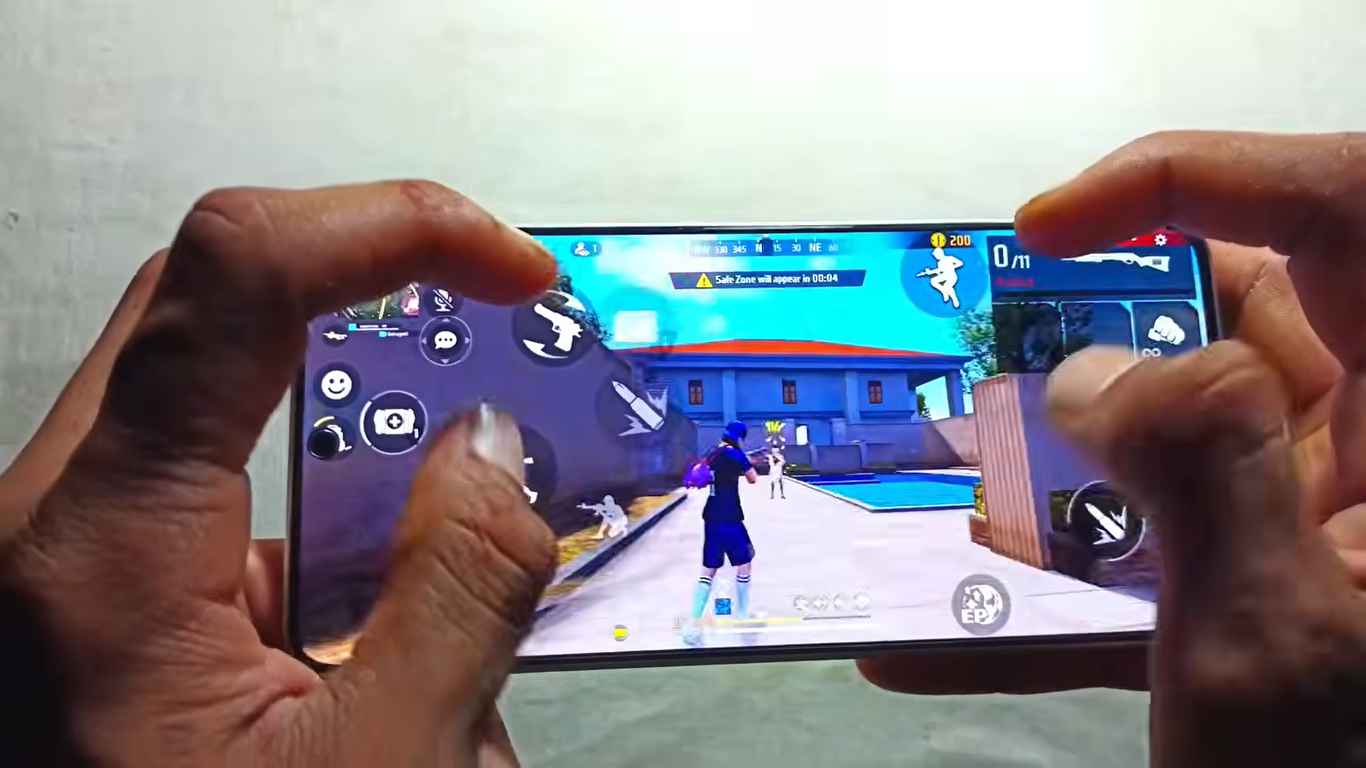Introduction
How to Stop Addiction of Mobile Games: Guide offers a clear plan to help you regain control of your time and attention. In this article, you will learn why mobile game addiction happens, how to recognize its impact, and what steps you can take to break the cycle. You will find practical tips, real examples, and tracking methods that work. By following this guide, you can enjoy games without letting them take over your life.

Understanding Mobile Game Addiction
Defining Addiction
Addiction to mobile games means playing so much that it harms your work, studies, or relationships. You may feel a constant urge to open a game even when you know you should focus elsewhere. Over time, this behavior can affect sleep, mood, and productivity.
Psychological Triggers
Developers design games with reward loops that release dopamine, a feel-good chemical. Daily login bonuses, leveling systems, and intermittent rewards keep you checking back often. Social features like leaderboards and chat also create peer pressure to stay engaged.
Physical and Emotional Effects
Excessive gaming can lead to:
- Poor posture and neck strain from looking down at a phone.
- Eye strain and headaches from prolonged screen time.
- Sleep problems when you play late into the night.
- Irritability, anxiety, or mood swings when you cannot play.
Bullet‑Point Summary
- Mobile game addiction stems from reward loops and social design.
- It affects mental health, sleep, and relationships.
- Recognizing these effects is the first step to recovery.

Assessing Your Gaming Habits
Tracking Play Time
Understanding your current habits requires data. Use your phone’s built‑in screen time tracker or a third‑party timer app. Record daily play sessions for two weeks. Note the length, time of day, and game titles.
Identifying Triggers
Write down what you feel or what situation prompts you to open a game. Common triggers include boredom, stress, and social notifications. When you note triggers, patterns emerge that you can address directly.
Evaluating Impact on Life
Ask yourself these questions:
- Do I skip meals or chores to play?
- Have my grades or work performance declined?
- Do I lose sleep because I play late?
- Is my mood worse when I stop playing?
Honest answers highlight the areas you need to focus on first.
Bullet‑Point Summary
- Log play time and session details for at least two weeks.
- Record emotional and situational triggers.
- Reflect on how gaming affects daily responsibilities and mood.
Setting Realistic Goals
Defining Clear Objectives
Set precise targets such as reducing play time from four to two hours per day. Define a timeline, for example, two weeks to reach your first goal. Make goals measurable and time‑bound to track progress clearly.
Breaking Down Milestones
Divide your main goal into weekly steps:
- Week 1: Limit gaming to three hours a day.
- Week 2: Cut down to two hours a day.
- Week 3: Aim for one hour on weekdays and two on weekends.
- Week 4: Maintain a 10–15 minute daily check‑in only.
Each milestone builds confidence and momentum.
Writing a Public Commitment
Compose a brief statement of your goals and share it with friends or on social media. Public accountability increases your chance of success. Post the statement somewhere you see daily, like a desk or mirror.
Bullet‑Point Summary
- Set specific, measurable reduction goals.
- Break targets into manageable weekly milestones.
- Create a public commitment for accountability.
Practical Techniques to Reduce Gaming
Use Digital Wellbeing Tools
Both Android and iOS offer screen time limits. Configure daily caps for each game. When you reach the limit, the app locks itself. This barrier forces you to pause and reconsider.
Disable Game Notifications
Notifications pull you back into games. Turn off badges, sounds, and banners for gaming apps. Check updates only when you have free time scheduled.
Rearrange Your Home Screen
Move game icons into a folder or secondary screen. You add a mental step before launching a game, giving yourself a pause to choose another activity.
Establish Game‑Free Periods
Block out specific hours for work, study, meals, and sleep. Use app timers to enforce these periods. Treat this schedule like a class or meeting you cannot miss.

Replace Habit with Alternative Actions
When you feel the urge to game, swap to another engaging activity. Options include:
- Reading a few pages of a book.
- Doing a short workout or stretching routine.
- Practicing a hobby like drawing or writing.
- Calling or meeting a friend.
Bullet‑Point Summary
- Set and enforce app time limits with wellbeing tools.
- Turn off all game-related notifications.
- Move games off your main home screen.
- Create and stick to game-free daily blocks.
- Have alternative activities ready for urges.
Building Positive Habits
Develop New Hobbies
Pick activities that fill your hands and mind. Examples include:
- Learning a musical instrument.
- Cooking new recipes.
- Gardening or caring for indoor plants.
- Practicing a language with apps or partners.
These pursuits provide a healthy source of challenge and reward.
Exercise Regularly
Physical activity reduces stress and improves mood. Aim for at least 30 minutes a day. Choose what you enjoy: walking, jogging, cycling, or home workouts. Exercise releases endorphins, helping curb the need for screen-based rewards.
Practice Mindfulness
Mindfulness techniques help you observe urges without acting on them. Simple exercises include:
- Five minutes of deep breathing.
- Guided meditation using a headset or app.
- Body scans to release tension.
Over time, you build resilience and self-control.
Maintain a Balanced Schedule
Use a daily planner to allocate time for work, study, rest, and leisure. Include brief breaks to avoid burnout. Stick to your plan to create structure that competes with unplanned gaming sessions.
Bullet‑Point Summary
- Pursue hands-on hobbies that offer real-world progress.
- Exercise daily to improve mood and energy.
- Use mindfulness to manage impulses.
- Create and follow a balanced daily routine.
Creating a Support System
Involve Friends and Family
Share your goals with trusted people. Ask them to check in on your progress. Their reminders can help when motivation dips. You might even find a friend who joins you in breaking the habit.
Join Peer Support Groups
Online forums and local meetup groups offer mutual encouragement. Members share techniques that worked for them. Hearing success stories can inspire you to persist.
Seek Professional Help
If you struggle despite your efforts, consider talking to a counselor. Cognitive behavioral therapy (CBT) can address underlying issues like anxiety or stress that fuel gaming addiction. A professional can tailor strategies to your situation.
Bullet‑Point Summary
- Discuss your plan with supportive friends and family.
- Participate in peer support communities.
- Consult a counselor or therapist if needed.

Tracking Progress and Adapting
Maintain a Daily Journal
Note your gaming time, triggers, and feelings each day. Record successes and setbacks honestly. Reviewing entries reveals patterns and areas to adjust.
Weekly Reviews
At the end of each week, compare actual play time to your goals. Celebrate milestones and analyze challenges. Revise your plan as needed: tighten limits or swap strategies that did not work.
Reward Progress
Choose non-gaming rewards for meeting goals. Ideas include:
- Treating yourself to a special meal.
- Watching a favorite film or series.
- Buying a new book or hobby supplies.
Celebrating progress reinforces positive change.
Bullet‑Point Summary
- Use a journal to log daily data and reflections.
- Conduct weekly goal reviews and adjustments.
- Reward achievements with healthy incentives.
Dealing with Relapse
Understanding Setbacks
Relapses are a normal part of change. One slip does not mean failure. View setbacks as learning opportunities. Ask yourself what triggered the relapse and how to avoid it next time.
Immediate Actions
If you find yourself gaming more than planned:
- Pause and take three deep breaths.
- Switch to an alternative activity immediately.
- Review your journal entry to identify the trigger.
Long-Term Strategies
Strengthen your plan by:
- Revisiting your written commitment.
- Adjusting time limits or triggers.
- Seeking extra support from peers or professionals.
Bullet‑Point Summary
- View relapse as a chance to learn, not fail.
- Use breathing and redirection to stop a slip.
- Adapt your plan based on relapse insights.
FAQ
How long does it take to overcome gaming addiction?
Habit change varies. Many see improvement in two to four weeks. Lasting change may take three months or more.
Can I use gaming rewards as part of my plan?
Yes. You can allocate limited gaming time as a reward for meeting other goals, like exercise or study.
Is deleting games necessary?
Deleting can help reduce temptation. But you can also use limits and support. Choose what feels sustainable for you.
How do I stay motivated long-term?
Regularly review your progress, celebrate milestones, and adjust goals. Sharing successes with others also boosts motivation.
Are there apps to help manage addiction?
Apps like Freedom, Forest, and Stay Focused block or limit access to apps. They support habit tracking and reward progress.
Should I tell my employer or school?
If addiction affects work or study, consider disclosing to a supervisor or counselor. They can offer accommodations or resources.
What if I feel stressed without gaming?
Replace gaming stress relief with exercise, meditation, or talking to friends. Find healthy outlets that provide similar comfort.
Conclusion
How to Stop Addiction of Mobile Games: Guide has laid out steps to understand your gaming habits, set clear goals, and apply practical strategies. You have learned to track play time, disable triggers, and build healthier routines. You also know how to involve others, monitor your progress, and handle relapses. Your final step is to choose one action today—whether setting a time limit or trying a new hobby—and begin. With consistency and support, you can enjoy mobile games in balance and reclaim your free time.